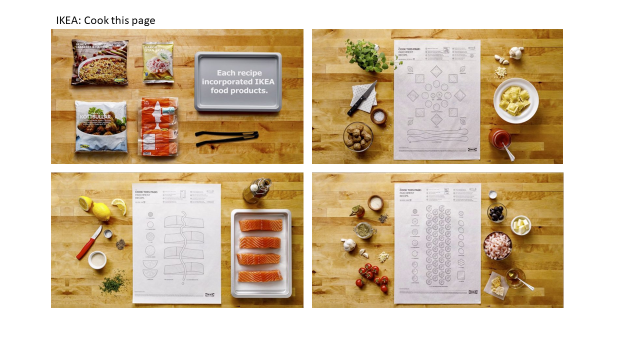
If I asked you to think of the world’s most well-known brands, you would probably instantly picture their logos, maybe colors, shapes or even fonts. Think Coca-Cola (logo), Milka chocolate (purple color), Apple (apple shape) or McDonalds (letter M in recognizable font).
This isn’t something these brands luckily stumbled upon.
It is more likely, actually certain, that a lot of time and money of a team of people went into developing this ideal logo, finding the perfect color scheme, and choosing the right fonts.
In the history of advertising and design many studies have been conducted to determine how people react to different colors, shapes, fonts…there are books on psychology of colors and lines and probably millions of pages online on how to design a good logo. Marketing research agencies offer consumer neuroscience and neuromarketing tools to help companies understand what their consumers would prefer and approve.
And marketers are using that in their branding to help convey quality or a different message.
Because goods design helps you to attract attention and it supports an easy delivery of the message you want to convey.
Take a look at this example from IKEA who is great at creatively presenting the benefits of their products by addressing relevant consumer insights. In this case they created a tool to make cooking easy and fun and promoted their products in a gentle way in parallel.

With so many information sources competing for our attention these days (commercial and non-commercial), having exceptional design is one of the best ways to stand out and differentiate yourself.
By force of human nature we easily adapt our senses and neutralize the impulses from our surroundings so that we would avoid exhausting our brains too much. Simply – if we noticed every detail of every little thing around us, there’d be information overload and our brain would be fried.
This is why in order to have good design we must put on the shoes of our target group – in order to better determine what would help our design stand out versus what would go unnoticed.
Because the success of any visual storytelling relies mainly on what THE AUDIENCE PERCEIVES.
